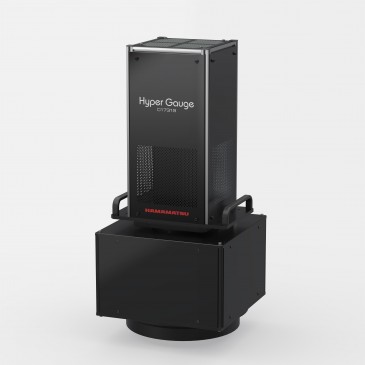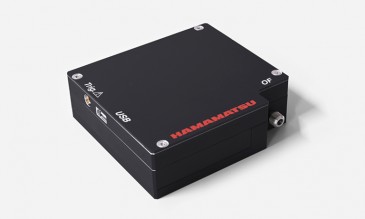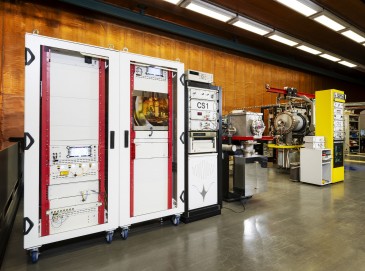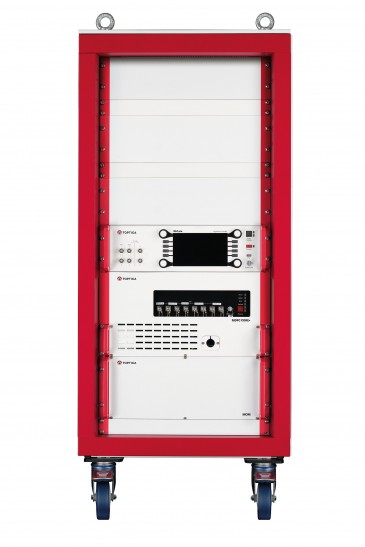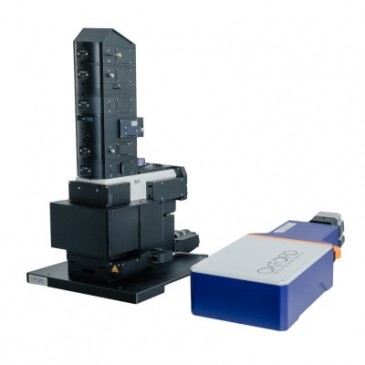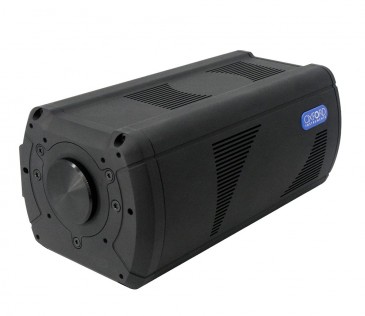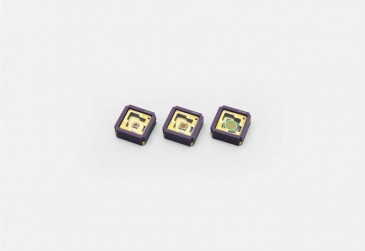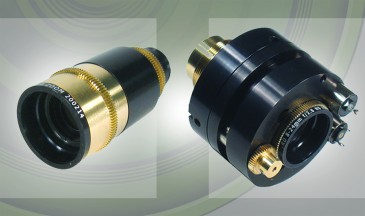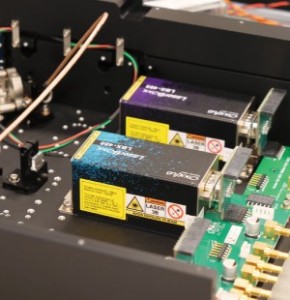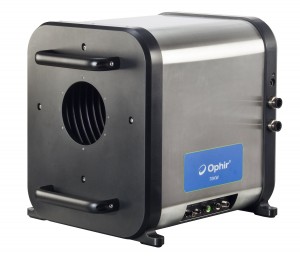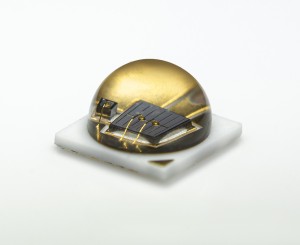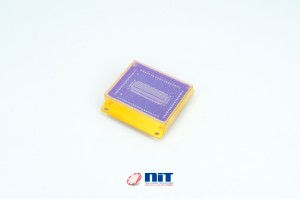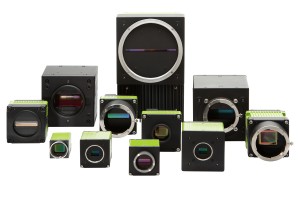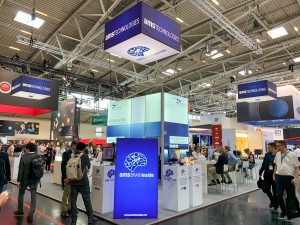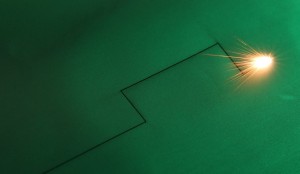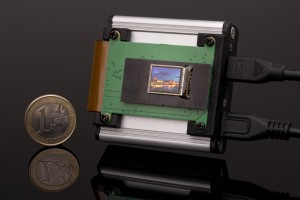
In this article, Ivan Nikitski, EPIC’s Technology Manager for Quantum and PICs, talks to Carlos Abellán, CEO at Quside, a Spanish designer and manufacturer of quantum random number generators and related quantum-based cybersecurity solutions.
What’s the background to your appointment as CEO at Quside?
In 2012, after doing a BEng in Telecommunication Engineering at the University Polytechnic of Catalunya, I went to at ICFO (Institute of Photonic Sciences) in Barcelona to do a Master’s, and then a PhD in Photonics. My work focused on quantum cryptography and experiments with quantum random number generation schemes and quantum key distribution systems for space applications.
The problem we were addressing is that modern encryption methods heavily rely on pseudorandom numbers which are generated by computers. While they appear random, they are generated by algorithms and are therefore predictable if the algorithm and its initial state are known. As a result, while pseudorandom numbers can be sufficient for many applications like simulations, and gaming, they are not considered secure for security-sensitive applications, for example, in the areas of finance and defence.
As a solution, in 2009, ICFO began researching into a method of generating truly random numbers using the unpredictable attributes of subatomic particles. Our approach was based on oscillating a distributed feedback laser diode above and below its threshold level, i.e. the energy level at which the stimulated emission of photons starts. Each time the laser exceeds its threshold level, the laser moves from a state dominated by spontaneous emission photons (random phase) into a state dominated by stimulated emission (coherent phase), which become the basis for the generation of truly random numbers.
After eight years of research, in 2017, with the help of ICFO’s knowledge technology transfer unit, we launched Quside, with me as CEO, to commercialise the random number generator technology we’d developed at ICFO.
How has the company developed and what were the main landmarks?
For the first three years, we focused a lot on technology development. After demonstrating and fabricating the chip we had to be able to produce it at full wafer scale in a foundry that could make millions, using the processes already there. Those were a very intensive three R&D years. We then moved to commercialization, and in 2020, we launched our first commercial product, the FMC 400, a quantum random number generator (QRNG) providing 400 Mb/s of raw random numbers, primarily for integration in high performance applications mainly in data centres.
Since then, we’ve developed a family of QRNGs that include a PCI Express interface, QRNG chips, and an also embedded modules for integration into private network systems. Our products have obtained certification by the National Institute of Standards and Technology (NIST) in the United States and by our national security agency in Spain, the National Cryptology Center (CCN).
Our primary focus is on cryptography and our customers are mainly in Europe and the US. Typically, they are system integrators for space and defence applications or OEMs building systems for data centers like server makers and security appliances. But whatever we deliver, the value proposition is always the same: high quality verified random numbers.
Since 2017, the company’s workforce has grown to just over 50, and we've secured over €20 million from VCs and public funding. Last year we reached a seven figure turnover and we're moving towards eight figures hopefully in the next two- three years.
What were your main learning experiences from your PhD?
Being on your own is a huge learning experience. I did a little bit on quantum key distribution and entanglement generation but mostly my research was around the generation of random numbers. We innovated on how to integrate everything on a photonic chip and introduced new methodologies on how to properly test the quality of random numbers. I also did a lot of practical engineering work, including building prototypes and shipping devices to organizations like NIST.
What were your main challenges in setting up the company?
From one day to the next, you move from a big organization that's handles everything for you, to having to do your own payroll, pay invoices and hire accountants and lawyers. More fundamentally, when you are in academia and you finish a paper, its done and you can move on to something else. But in industry, the publication is just the start because you need to build a product out of the paper, which is a big journey. You then have to do product development and commercialize it.
What have been your biggest technological challenges?
One of the big challenges was getting full control on the quantum entropy chip - the core of our product. It took several years of trying different components, different parts and prototyping before we were able to fully commit to the product for scaling and certification. Photonics is not like electronics: the supply chain is less advanced and we basically had to develop our own supply chain from epitaxy to packaging the chips.
What are your bestselling products?
At this point in time, we have two bestselling form factors. One is PCI Express and the other is FMC. FMC is a typical form factor for FPGA boards and we have a bunch of customers that are engineering their products with Field Programmable Gate Arrays (FPGAs). So, it's a plug and play solution.
How do you see the future?
Billions of dollars are being invested in quantum-safe cryptography and everyone is involved in this transition - from satellites down to smartphones. Whether you use data centers or applications for video conferencing, messaging, or banking, the need to transition your current security to the new protocols and standards is there, and we are on a journey to support all of these different platforms.
Our current focus is on cryptography for space, defence and data center applications. The data center market will be an important growth market for us because our technology is 100% compatible there. In the next two-three years we will see the first generation of fully industrialized data center products that are quantum safe and a chunk of them will also include verified entropy (randomness) from Quside. Beyond these applications are other markets like online gaming and high performance computing, and even cryptography beyond the data center and into the edge.
The main challenge for us in meeting the demand for quantum-safe encryption will be the need to significantly scale up production while keeping costs as low as possible.
What’s your advice for the next generation of PhD students thinking of creating a startup?
When you're in academia there’s a tendency to think that research only happens in academia and that industry is just about crunching and building. But that’s not the case. There are extremely smart people in industry and many opportunities to do research and be involved in innovation. The difference is that your goal is not just to publish a paper, it’s to launch a product and to make it relevant for customers.
So don't be afraid to jump out from academia because you will no longer do exciting things. In fact, it can be the opposite because in many cases you will be able to access better technology nodes in semiconductor processes and have more resources to advance the technology.

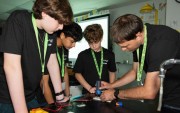


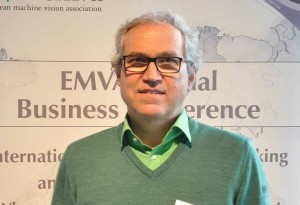
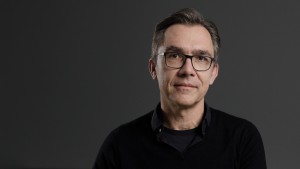
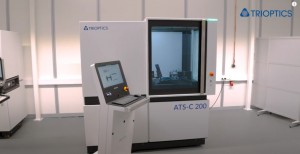


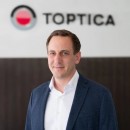
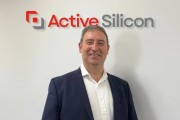
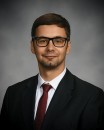

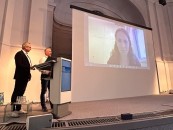
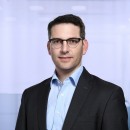
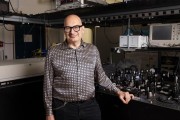
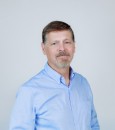


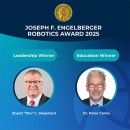

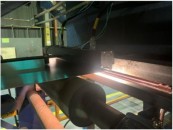



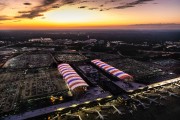
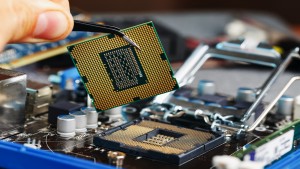
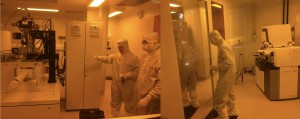
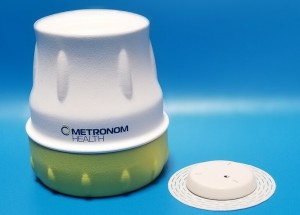


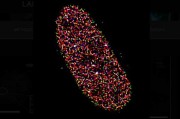
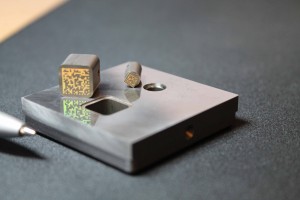

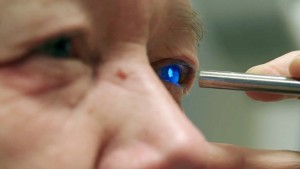
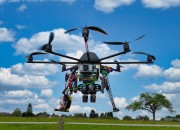
 Back to Features
Back to Features